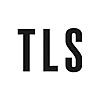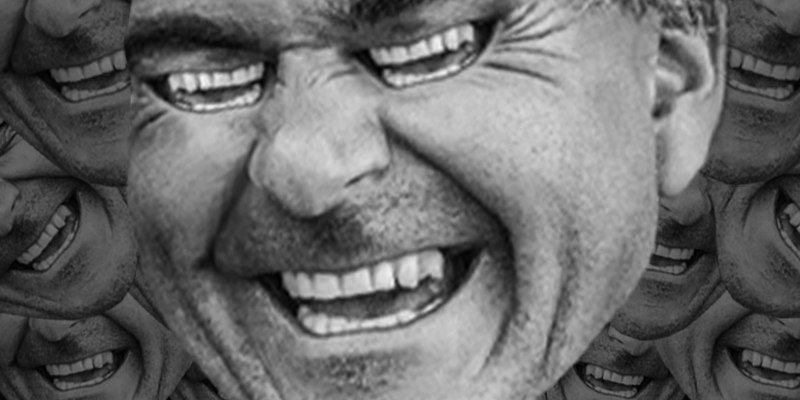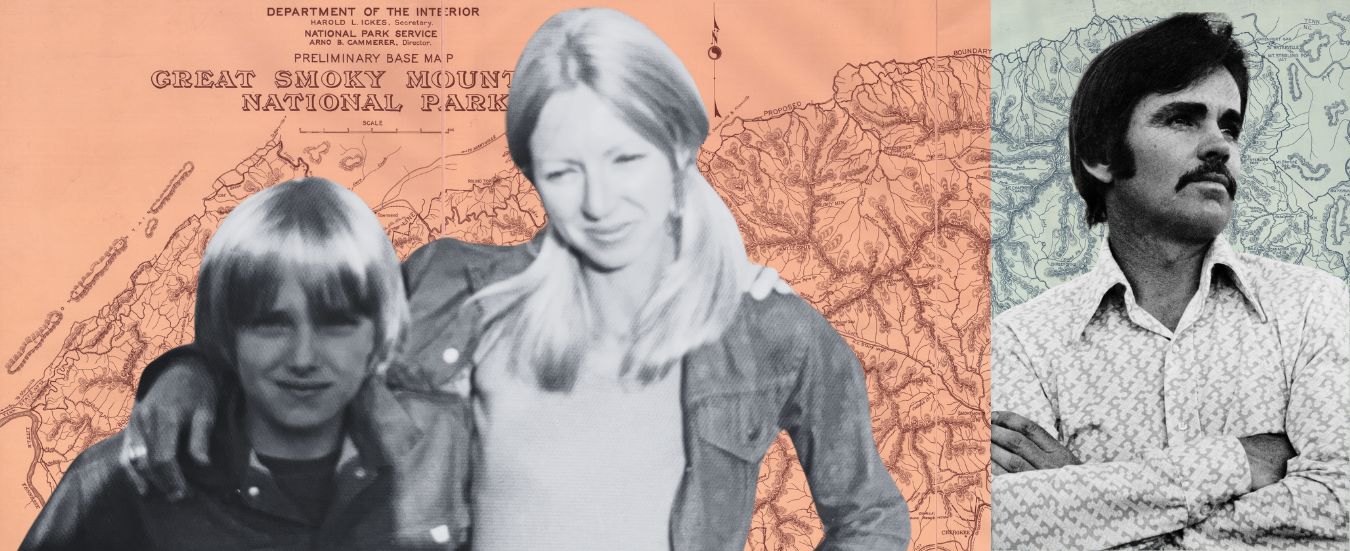The subjects of Embers of the Hands are Viking-age Scandinavians – though not of the notoriously fierce pagan pirate kind. Eleanor Barraclough sheds light instead on the daily lives of women, children, farmers and merchants, migratory or settled, from Greenland to Byzantium, from Iceland to Ukraine. The chapters are not chronological, but cleverly and flexibly themed; between “Beginnings” and “Endings” we have “Love”, “Travel”, “Belief”, “Bodies”, “Home”, “Play” and “Unfreedom”. The result is endlessly fascinating, authoritatively informative and, above all, great fun.
The phrase Embers of the Hands is a “kenning” – that is, one of the many cryptic metaphors “tucked away”, as the author puts it, in Old Norse skaldic verse. (Barraclough has an enviable facility for the evocative mot juste: runic letters are “spiky”, for instance.) Solving the kenning’s riddle involves extending the scope of “ember” to cover anything that glows, then redefining a glowing thing in relation to the second element, “hand”. The answer is bracelet or ring, perhaps especially one made of silver, with its grey, ashy gleam. There’s a hint of discomfort and even paradox, as there often is with kennings: hot coals (unlike, say, silver coins) are just what you wouldn’t want in your hand.
The metaphor is not, mind you, the most recondite of its kind. (Try another example offered by Barraclough: “the dark betrayer of the wood-bear of old walls”. It’s a cat.) But it resonates beautifully with the subject matter of the book. The focus here is on the faintly glowing embers of the figurative hearths of the Viking age: the surviving ephemera of everyday domestic life. The author considers fragile remnants of textiles or toys, oblique allusions in the documentary record, hastily scratched graffiti on ships or stones. Many of these are recent discoveries, or from locations far from the Viking heartlands, and may be unfamiliar even to well- informed readers. Most require thoughtful piecing together. This is where Barraclough excels. She is wonderful at imagining and articulating the human activity or motivation behind the archaeology: the evidence of wear on a much-loved musical instrument; children’s teeth marks on a little lump of chewed resin; the necessity and perhaps urgency of a botched repair to a warm woollen garment. Bone skates are included in the section on “Play” rather than “Travel” because, as Barraclough points out, the conditions for travelling across ice do not occur predictably enough for skates to be a reliable means of transport; rather, as she puts it, the skates “may be the remnants of generations of Viking Age children and teenagers, wrapped up against the cold, mucking about on the ice”.
Teenagers barely figure in most histories, but they play a surprisingly large part in this one. Some historians might jib at what must surely be an anachronistic term, yet it’s hard not to be moved by evidence of teenage boredom in the careful but idle incising of the outline of a young adult’s bare foot on a plank from the celebrated ninth- century Gokstad warship – and by the author’s smart reference to the two bored nineteenth-century teenagers, “ferreting around in the hope of finding something interesting”, who discovered the ship in frozen earth in Norway.
Other groups who haven’t always had much legroom in books about Vikings are given welcome space too, notably slaves and the Kyivan Rus. The section on “Home” is counterintuitively centred on the transitory Greenland settlements, but evidence of the home life of Scandinavians so very far from home, and of their attempts to establish a degree of domesticity in such a precarious and isolated outpost, is all the more powerful. Shrinking polar ice has revealed an extraordinary amount of miraculously well-preserved material for archaeologists, and Embers of the Hands delivers an unforgettable analysis of this doomed colony.
Historians rightly warn against making the people of the past “just like us”. Eleanor Barraclough’s command of both written and material evidence of the Viking age ensures we are always aware of its manifest otherness. The mysterious wordplay of skaldic verse is not to most modern tastes. But what about a funny little runic inscription from Greenland: “o : sa : sa : sa : is : o sa : sat”? It’s hard to make sense of, but it could mean “On the sea that seemed to be, which you did not see on the sea”. Bored Greenlandic settlers having bittersweet fun, reflecting that they set off to see the world, and what did they see, they saw the sea?
Heather O’Donoghue is Emeritus Professor of Old Norse at the University of Oxford
The post At home with the Vikings appeared first on TLS.

 By Times Literary Supplement | Created at 2024-11-14 02:17:55 | Updated at 2024-11-21 19:07:46
1 week ago
By Times Literary Supplement | Created at 2024-11-14 02:17:55 | Updated at 2024-11-21 19:07:46
1 week ago








